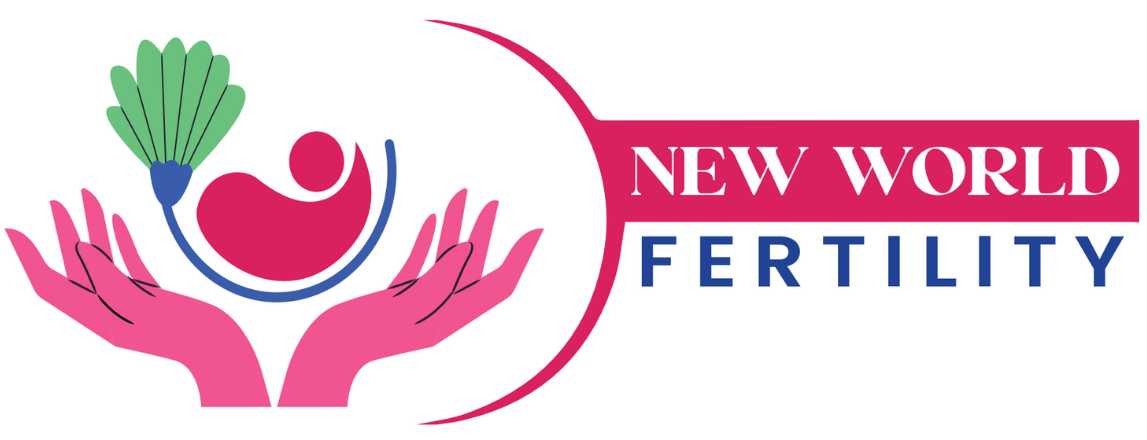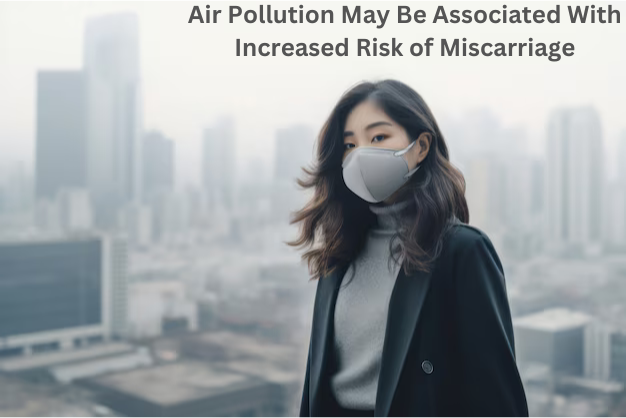Air Pollution may be associated with increased Risk of Miscarriage
As urbanization continues to expand, air pollution has become a pressing concern, particularly for reproductive health. Recent studies suggest that exposure to high levels of air pollution may be linked to an increased risk of miscarriage, raising significant implications for couples trying to conceive. At New World Fertility Centre in Delhi, we aim to inform and empower individuals about the factors influencing reproductive health, including environmental ones.
Understanding the Impact of Air Pollution
Air pollution comprises a mix of harmful substances, including particulate matter (PM), nitrogen oxides, sulfur dioxide, and volatile organic compounds (VOCs). These pollutants can enter the body through inhalation, potentially affecting various biological processes, including those related to pregnancy. Research indicates that women exposed to elevated levels of air pollution during conception and pregnancy may face a higher risk of adverse outcomes, including miscarriage.
Key Findings from Recent Studies
Several studies have drawn attention to the correlation between air pollution and miscarriage rates:
1. Increased Risk: Research published in leading medical journals has indicated that women living in areas with high air pollution are at a greater risk of experiencing miscarriage. One study found that exposure to fine particulate matter (PM2.5) during the first trimester was associated with a higher likelihood of pregnancy loss.
2. Inflammation and Oxidative Stress: Air pollutants can trigger inflammation and oxidative stress in the body, which may negatively impact the reproductive system. Inflammation can affect implantation and placental function, both critical for sustaining a healthy pregnancy.
3. Vulnerability of Early Pregnancy: The first trimester is a crucial period for fetal development, and exposure to environmental toxins during this time can disrupt normal development, increasing the risk of miscarriage.
Protective Measures and Recommendations
While the link between air pollution and miscarriage is concerning, there are steps couples can take to minimize their risk:
Stay Informed: Keep track of air quality indices in your area. Limit outdoor activities on days when pollution levels are high.
Create a Healthy Indoor Environment: Use air purifiers and ensure good ventilation in your home. Avoid indoor pollutants like cigarette smoke, strong cleaning agents, and synthetic fragrances.
Optimize Nutrition: A balanced diet rich in antioxidants can help combat oxidative stress. Foods like fruits, vegetables, nuts, and seeds support overall reproductive health.
Consult with Healthcare Providers: If you’re trying to conceive or are pregnant, consult with healthcare professionals at New World Fertility Centre. They can provide personalized advice and strategies to improve your reproductive health.
Conclusion
As the evidence linking air pollution to an increased risk of miscarriage continues to grow, it’s essential for individuals and couples to be aware of environmental factors that may impact their reproductive health. At New World Fertility Centre, we are dedicated to providing comprehensive care and support for all your fertility needs. If you have concerns about air quality and its effects on your pregnancy, we encourage you to reach out to our team for guidance and support.
Frequently Asked Questions (FAQs)
1. What is the relationship between air pollution and miscarriage?
Studies indicate that exposure to high levels of air pollution, particularly fine particulate matter (PM2.5), can increase the risk of miscarriage. Pollutants may cause inflammation and oxidative stress, which can adversely affect pregnancy outcomes.
2. Which air pollutants are most concerning for pregnant women?
Key pollutants of concern include:
Particulate Matter (PM2.5): Tiny particles that can penetrate the respiratory system.
Nitrogen Dioxide (NO2): Often found in vehicle emissions and linked to respiratory issues.
Carbon Monoxide (CO): Can affect oxygen delivery in the body.
Volatile Organic Compounds (VOCs): Emitted from various sources, including paints and cleaning agents.
3. During which stage of pregnancy is air pollution most harmful?
The first trimester is particularly critical. Exposure during this period may disrupt fetal development and increase the risk of miscarriage.
4. How can I minimize my exposure to air pollution while trying to conceive?
To reduce exposure, consider the following:
- Monitor air quality indexes and limit outdoor activities on high pollution days.
- Use air purifiers indoors and ensure proper ventilation.
- Avoid known sources of indoor pollution, such as tobacco smoke and harsh cleaning products.
5. Can diet help mitigate the effects of air pollution on pregnancy?
Yes! A diet rich in antioxidants—found in fruits, vegetables, nuts, and seeds—can help combat oxidative stress caused by air pollution. Staying hydrated and maintaining overall nutritional balance is also beneficial for reproductive health.

 Jul-12-2025
Jul-12-2025